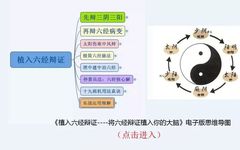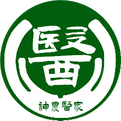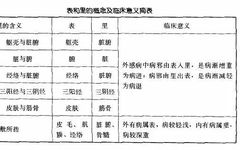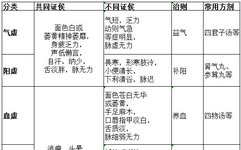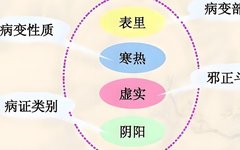A Comprehensive Explanation of the Eight Principles of Diagnosis in Traditional Chinese Medicine
The Eight Principles of Diagnosis (Ba Gang Bian Zheng) is the overarching framework for various diagnostic methods in Traditional Chinese Medicine (TCM). Diagnosis involves analyzing and identifying the symptoms of a disease, which is a primary process and method for understanding and diagnosing illnesses. “Bian” means to discern and analyze, while “Zheng” refers to the … Read more

